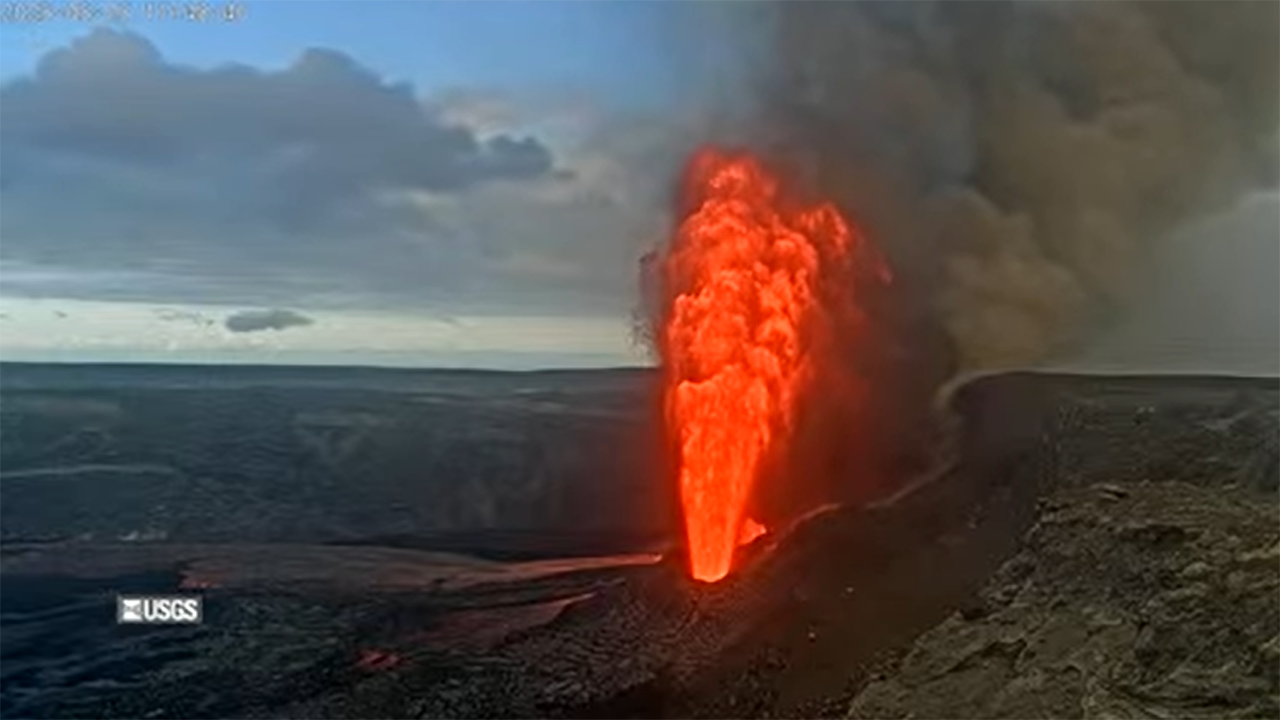Kilauea Volcano Erupts Again, Shooting Lava and Ash into the Sky
Hawaii's Kilauea volcano resumed eruptions, sending lava fountains over 1,000 feet high and releasing ash plumes, prompting caution for residents and visitors.
Subscribe to unlock this story
We really don't like cutting you off, but you've reached your monthly limit. At just $5/month, subscriptions are how we keep this project going. Start your free 7-day trial today!
Get StartedHave an account? Sign in
Overview
Kilauea volcano on Hawaii's Big Island erupted on May 25, producing lava fountains exceeding 1,000 feet and ash plumes reaching 5,000 feet. The eruption, part of an ongoing series since December 2024, occurred within Hawaiʻi Volcanoes National Park, with no immediate threat to residential areas. However, volcanic gases and fragments pose health risks, prompting warnings for residents and visitors. The U.S. Geological Survey continues to monitor the situation and provide updates on volcanic activity.
Report issue

Read both sides in 5 minutes each day
Analysis
- The articles report on Kilauea's recent eruption, emphasizing its natural beauty and the safety measures in place.
- They highlight the ongoing interest and tourism related to the volcano, despite acknowledging potential hazards.
- The tone remains neutral, focusing on factual information about the eruption's impact on residents and visitors.
Articles (3)
Center (2)
FAQ
The eruption does not pose an immediate threat to residential areas, but residents and visitors are cautioned due to health risks from volcanic gases and fragments.
Lava fountains from the north vent reached heights of more than 1,000 feet, while those from the south vent reached over 800 feet. The ash plume reached at least 5,000 feet.
The current volcano alert level is WATCH, with an Aviation Color Code of ORANGE.
History
- This story does not have any previous versions.


